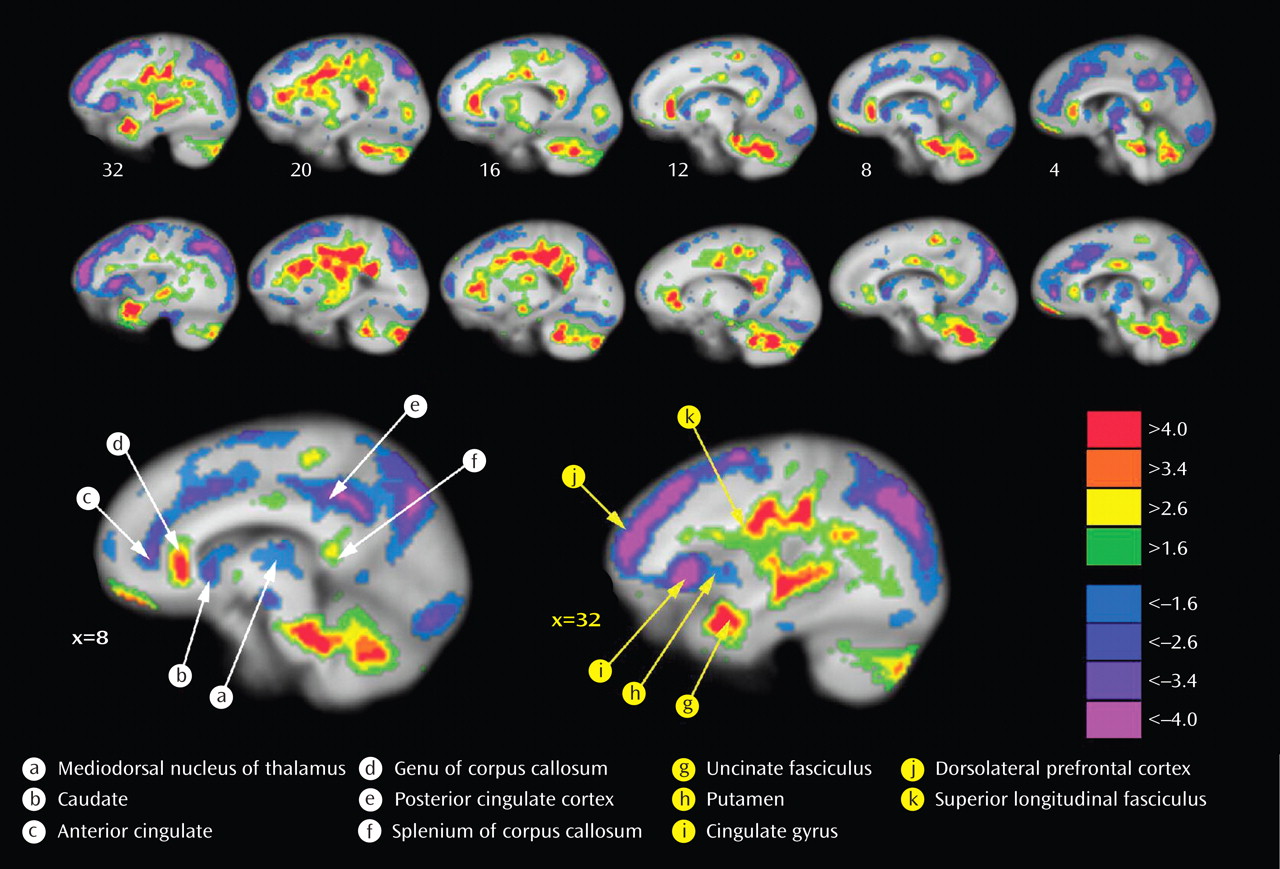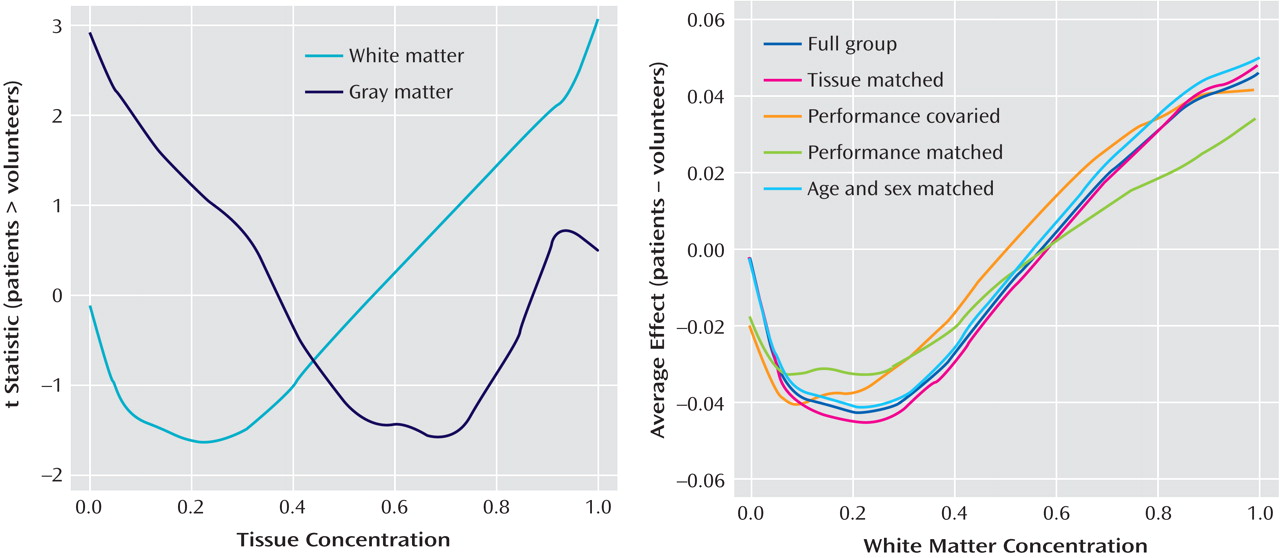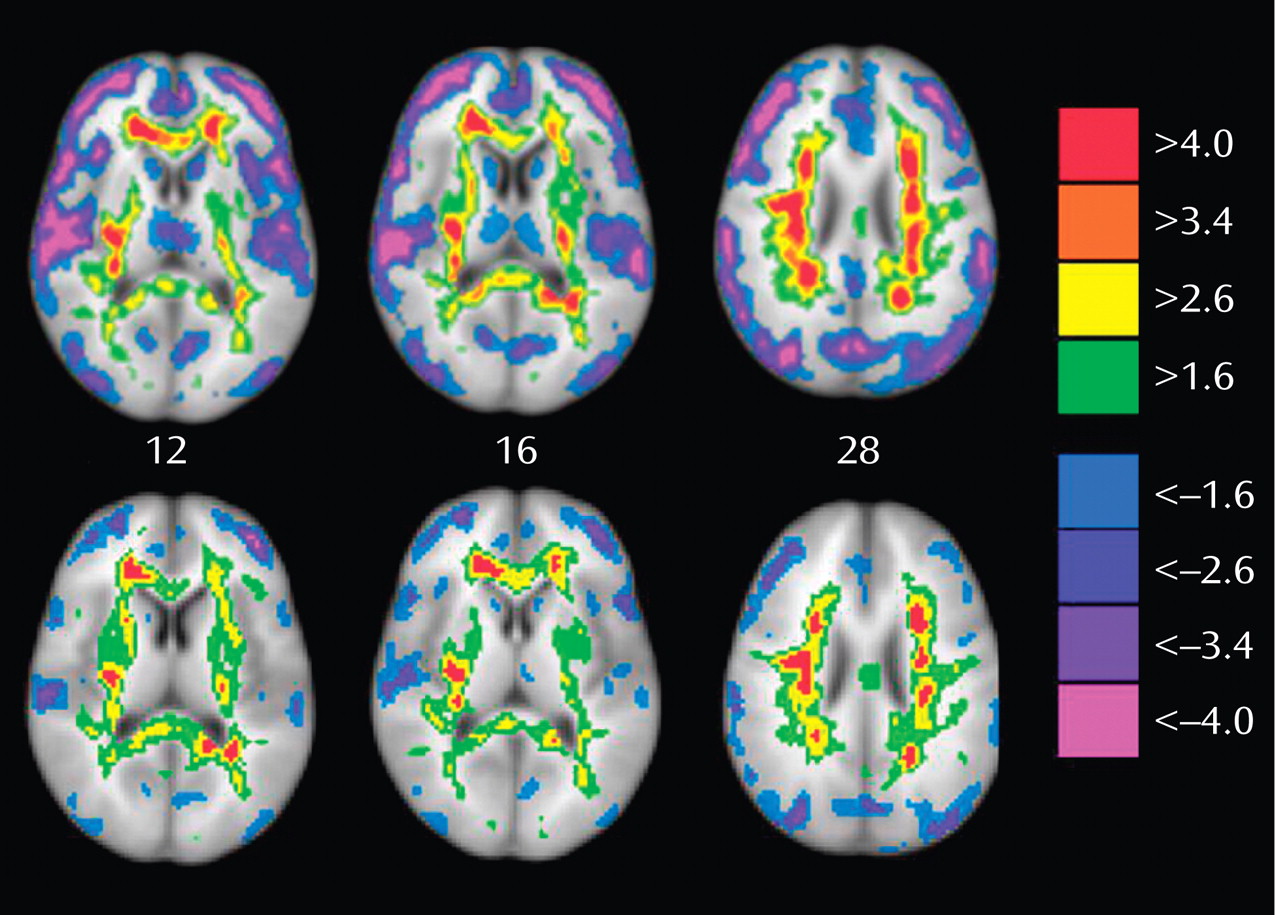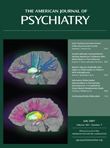Relative Glucose Metabolic Rate Higher in White Matter in Patients With Schizophrenia
Abstract
Method
Subjects
PET Procedures
PET and MRI Acquisition
MRI Segmentation and Metabolic Rate Normalization
Stereotaxic Normalization of MRI and FDG-PET
Statistical Analysis
Results
Analysis of Full Group


Contribution of Gray and White Matter Proportions

Proportional Matching of MRI Tissue Type

Neuropsychological Task Performance, Age- and Sex-Matched Groups
Discussion
Relative White Matter Hypermetabolism
Inefficiency Model of High White Matter Metabolic Activity
Axon Density Effects
Pathophysiology of Observed Elevated White Matter Metabolic Rates: Inflammation, Radiation, Anoxia, Repair, and Dementia Effects
Interstitial Neurons and Ectopic Gray Matter
Reciprocal Changes in Gray and White Matter
Gray Matter Decreases
Limitations and Summary
Footnotes
References
Information & Authors
Information
Published In
History
Authors
Metrics & Citations
Metrics
Citations
Export Citations
If you have the appropriate software installed, you can download article citation data to the citation manager of your choice. Simply select your manager software from the list below and click Download.
For more information or tips please see 'Downloading to a citation manager' in the Help menu.
View Options
View options
PDF/EPUB
View PDF/EPUBGet Access
Login options
Already a subscriber? Access your subscription through your login credentials or your institution for full access to this article.
Personal login Institutional Login Open Athens loginNot a subscriber?
PsychiatryOnline subscription options offer access to the DSM-5-TR® library, books, journals, CME, and patient resources. This all-in-one virtual library provides psychiatrists and mental health professionals with key resources for diagnosis, treatment, research, and professional development.
Need more help? PsychiatryOnline Customer Service may be reached by emailing [email protected] or by calling 800-368-5777 (in the U.S.) or 703-907-7322 (outside the U.S.).

